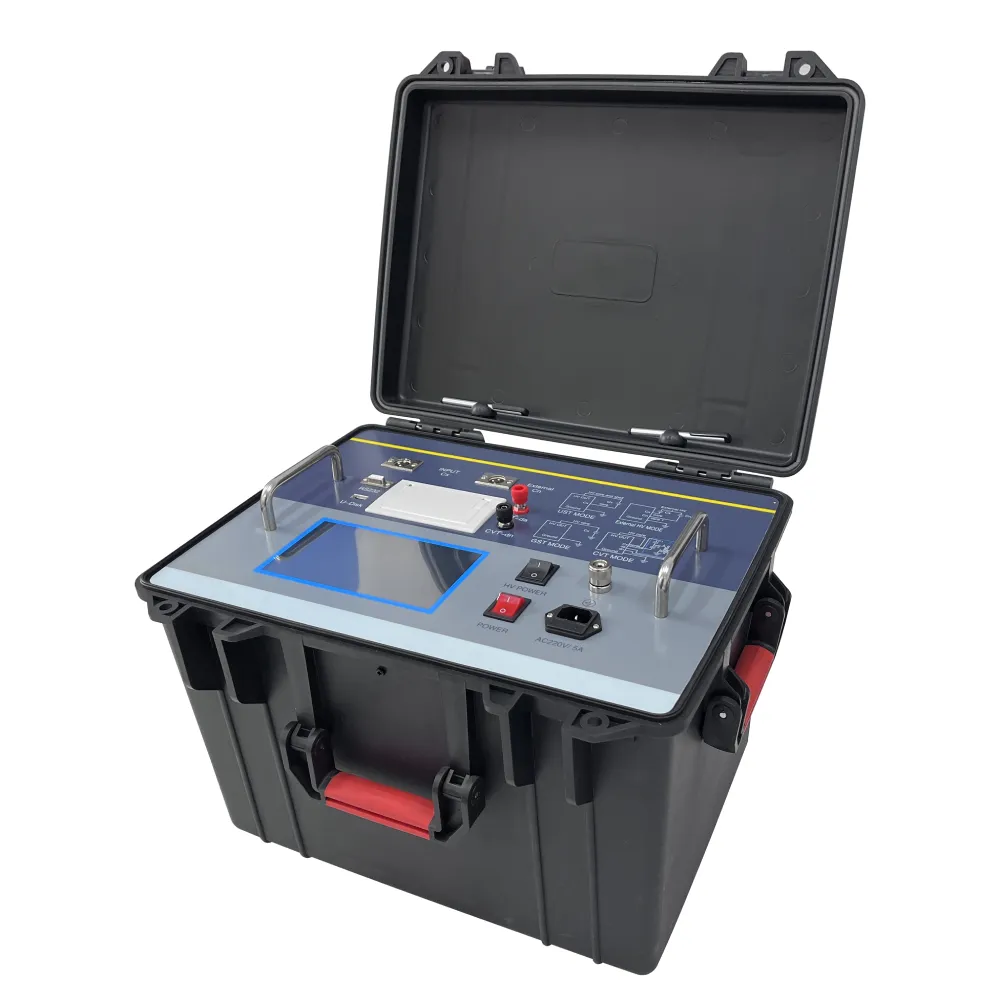 English
English


Testing Procedures and Techniques for Electrical Transformer Performance Evaluation
Electrical Transformer Testing Ensuring Reliability and Performance
Electrical transformers are vital components in power distribution systems, facilitating the transfer of electrical energy between circuits through electromagnetic induction. To ensure their reliability and efficiency, regular testing is imperative. Transformer testing encompasses a range of procedures designed to evaluate the performance and integrity of transformers, ensuring they operate safely and effectively.
One of the primary objectives of transformer testing is to verify the physical and electrical parameters against manufacturer specifications and industry standards. Testing can be broadly categorized into two types routine tests and type tests. Routine tests are performed on every transformer to ensure it meets necessary operational parameters before being commissioned. These tests typically include insulation resistance tests, winding resistance measurements, and transformer turns ratio tests.
Electrical Transformer Testing Ensuring Reliability and Performance
Winding Resistance Measurement is another essential routine test. It evaluates the resistance of the windings in a transformer, which can provide insights into the quality of connections and the condition of the winding materials. High resistance might indicate loose connections or corrosion, while low resistance values could point to short circuits within the windings.
electrical transformer testing

The Transformer Turns Ratio (TTR) Test is performed to verify that the ratio of the primary to secondary voltage levels matches design specifications. Any significant deviation from expected values could suggest problems with the winding configurations or even damage to internal components.
In addition to routine tests, type tests are conducted to confirm a transformer's design before it is mass-produced. These may include short-circuit tests, temperature rise tests, and dielectric tests. Short-circuit tests evaluate the transformer's performance under fault conditions, ensuring it can withstand electrical stresses during overloads or short-circuit situations. Temperature rise tests assess how well the transformer dissipates heat under load, as excessive heat can severely impact longevity and performance.
Moreover, dissolved gas analysis (DGA) helps in monitoring the health of transformers in operation. It involves analyzing the gases dissolved in the insulating oil to detect early signs of insulation failure. A higher concentration of certain gases can indicate electrical arcing, overheating, or insulation breakdown, enabling timely maintenance actions and reducing the risk of catastrophic failures.
In conclusion, electrical transformer testing is indispensable for maintaining the integrity and efficiency of power systems. Regular testing not only helps in identifying potential issues but also ensures compliance with safety standards and prolongs the life of the equipment. With ongoing advancements in testing technologies, the electrical industry continues to enhance transformer reliability, ultimately contributing to a stable and efficient energy distribution network. By prioritizing transformer testing, utility companies can ensure a reliable power supply while minimizing the risk of unexpected outages and failures.
-
Differences between open cup flash point tester and closed cup flash point testerNewsOct.31,2024
-
The Reliable Load Tap ChangerNewsOct.23,2024
-
The Essential Guide to Hipot TestersNewsOct.23,2024
-
The Digital Insulation TesterNewsOct.23,2024
-
The Best Earth Loop Impedance Tester for SaleNewsOct.23,2024
-
Tan Delta Tester--The Essential Tool for Electrical Insulation TestingNewsOct.23,2024





